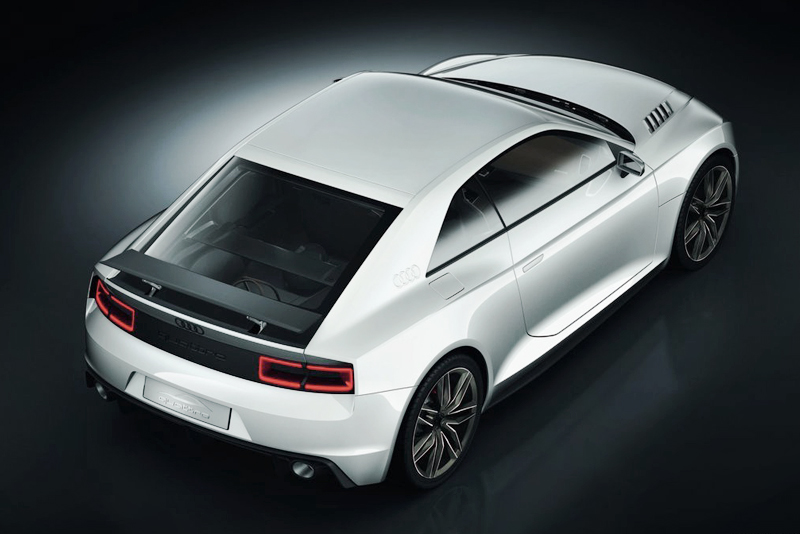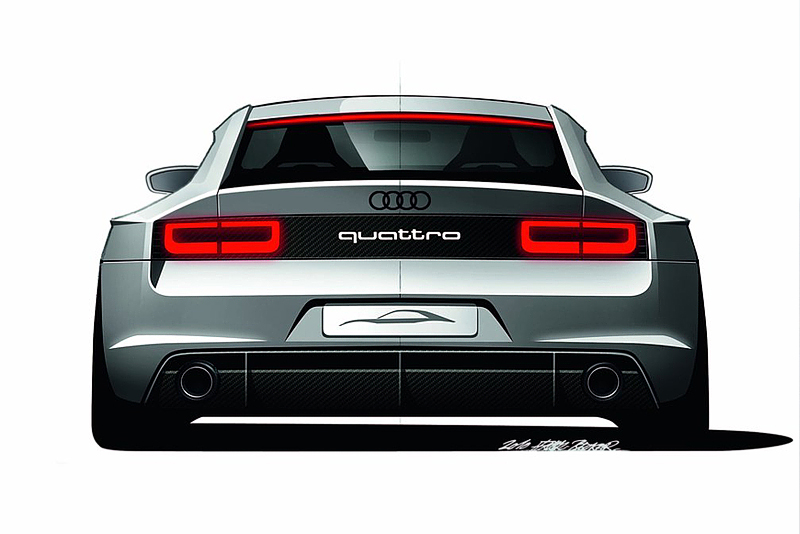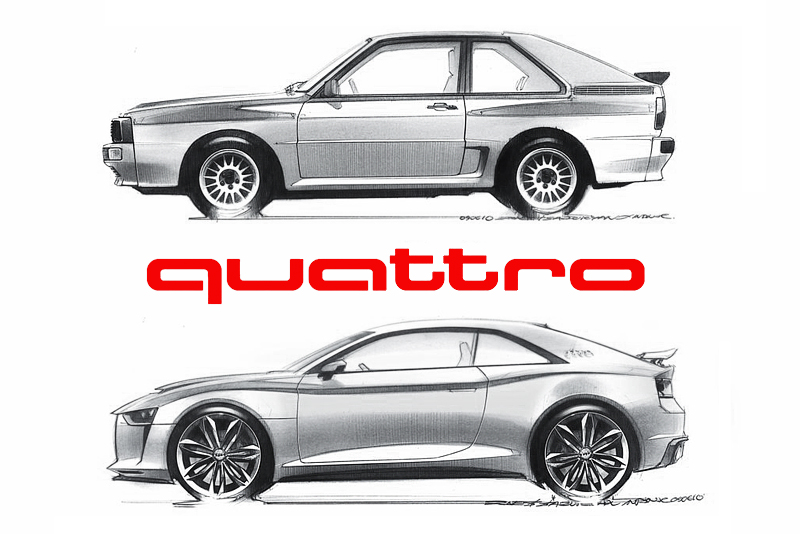Not exactly breaking news, but Audi's Quattro concept still sets our hearts racing every time we set our eyes on it. Let's hope the future gets here fast.
The numbers are impressive, 408 bhp, 480 Nm of torque and 0 to 100 km/h in just 3.9 seconds.
With a five-cylinder turbocharged engine (currently found in the TT RS), a lightweight body and - of course - the latest generation of quattro permanent all-wheel drive. The Audi Quattro Concept could not be more tantalizing.
1980 saw the debut of an automobile, whose name went on to become more than just a symbol for a long line of success by the manufacturer. The Quattro from Audi is also the standard for the combination of winning motor sport qualities with everyday practicality. The latest concept car aims to be no different.
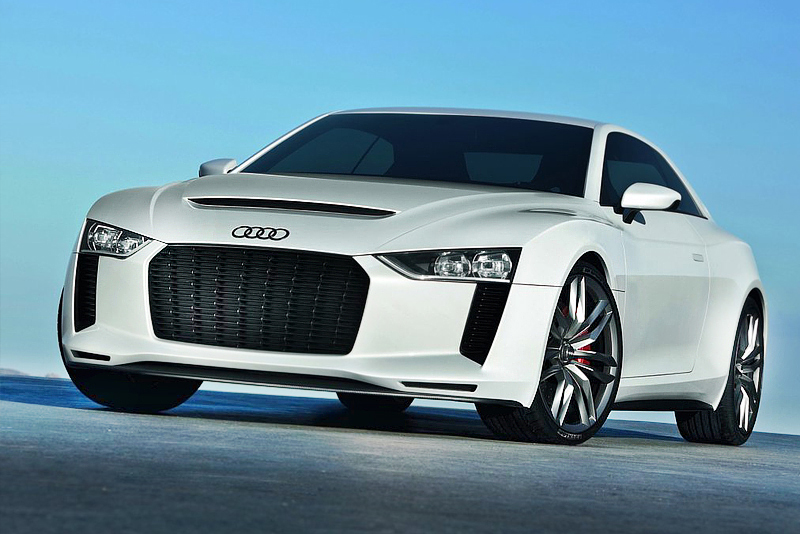
Designed to be low and compact like it's ancestor the Sport Quattro, the Audi Quattro Concept fits neatly into the sports car segment. The low roof reduces the height of the greenhouse and thus lowers the vehicle's visual center of gravity. The muscular C-pillar is clearly an homage to the design of the Ur-quattro. As with that model, the trademark four rings can be found at the transition to the side of the vehicle, but in this case they are stamped into the sheet metal. Together with the large center-locking, 20-inch wheels in a 7-twin-spoke design, the lines make for extremely dynamic and powerful proportions when viewed from the side.
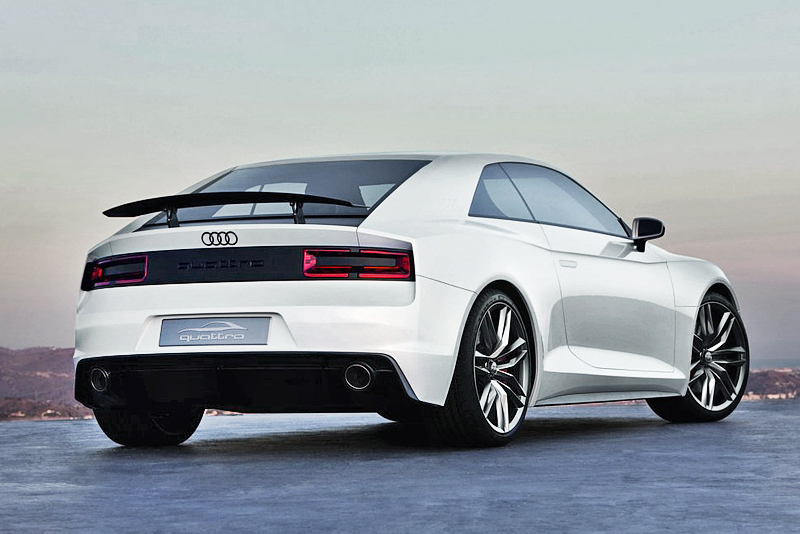
The wheel wells in the arched fenders are prominently flared - another quote from the design language of the Sport Quattro. The same applies to the distinctive air outlet on the right side of the hood, which allows the five-cylinder engine to breathe more freely.
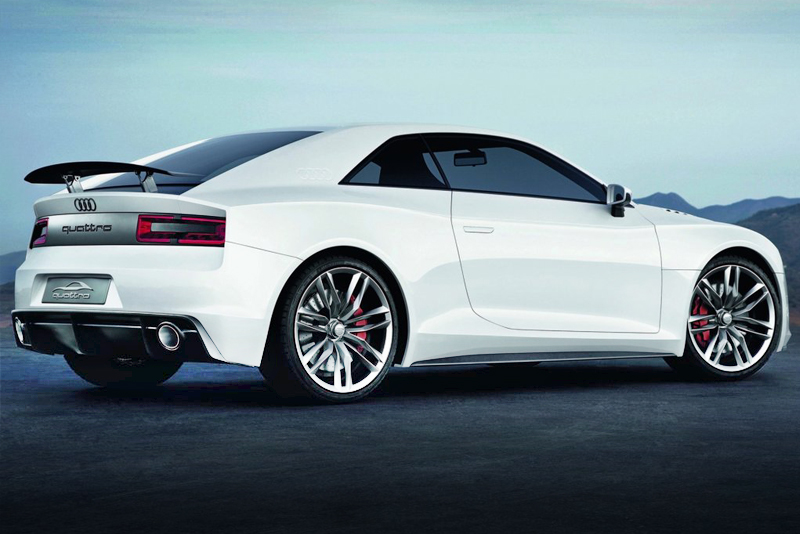
A significant feature of the front end is the stark single-frame grille. The elimination of the chrome frame lends it a functional and technical character. Large, upright air intakes at the corners of the bumper underscore the performance of the power plant.
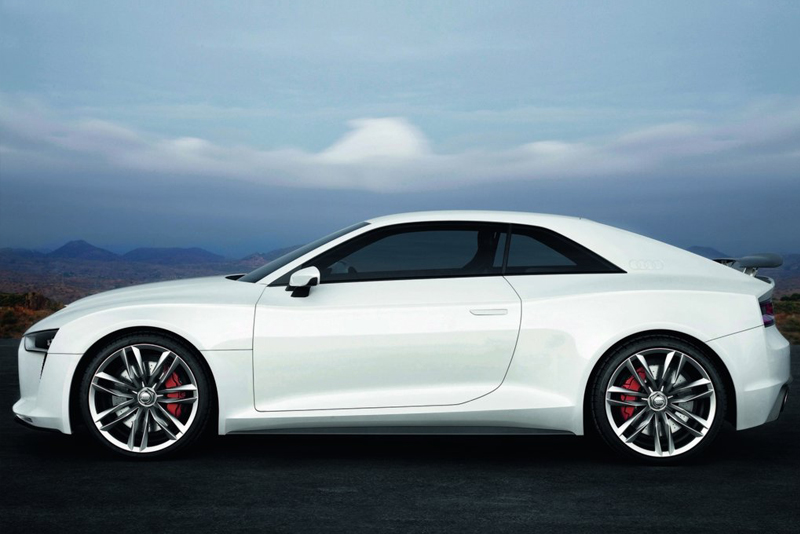
The top of the grille merges into the flat strips of the headlight modules with their clear glass covers. All light units use ultra-efficient LED technology. The LED elements change their appearance between a horizontal and a vertical arrangement and thus change the character of the front end of the vehicle depending on the lighting function activated. The strongly molded front skirt includes integrated carbon elements. This lightweight, yet extremely strong material is also used for the rear hatch and the hood, which are unpainted on the inside in order to use the visual quality of the material as a design element. The large spoiler integrated into the rear hatch is also made of carbon and extends automatically as needed and can be adjusted for maximum downforce.
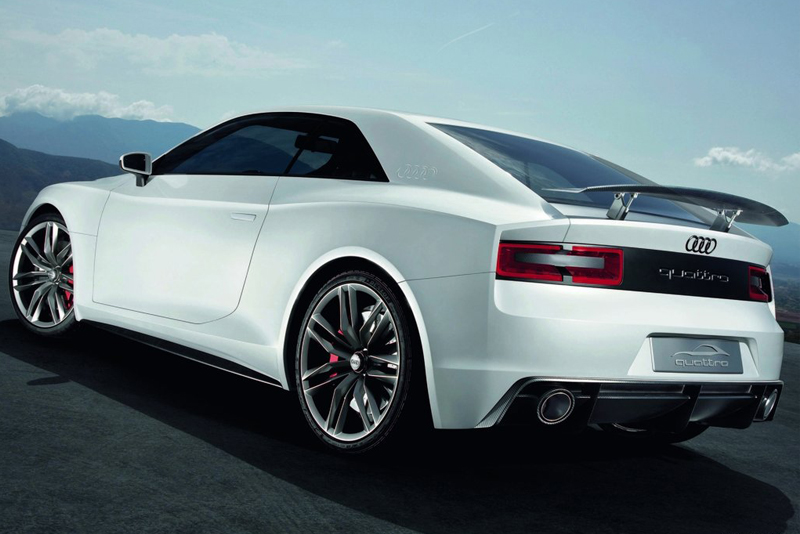
Up front are anthracite gray, drilled carbon fiber-ceramic discs. They are gripped by red-anodized, six-piston fixed calipers. The ceramic discs are practically fade-free, extremely robust, powerful and durable. Furthermore, they are four kilograms (8.82 lb) lighter than steel discs despite their size.
